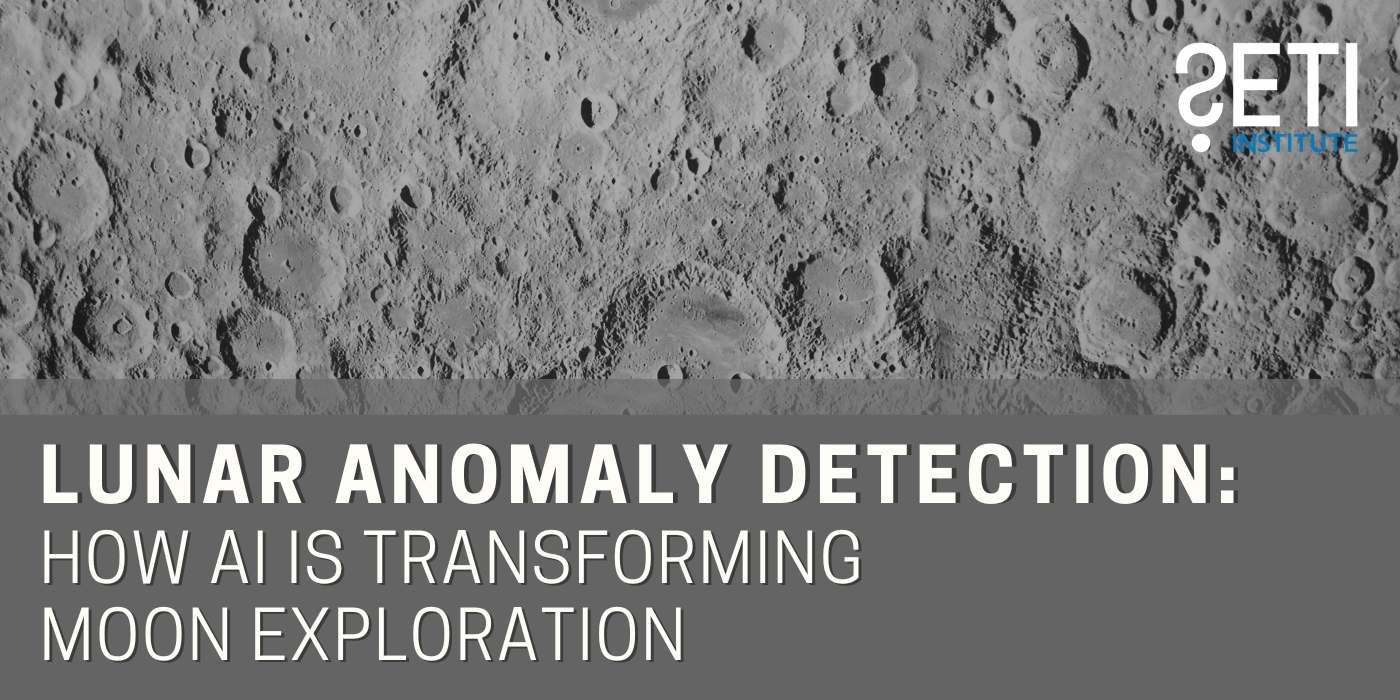
Artificial intelligence is transforming the way we explore the Moon. In a recent SETI Live, authors Adam Lesnikowski and Daniel Angerhausen, hosted by Franck Marchis, a Senior Planetary Astronomer at the SETI Institute, discussed how AI is revolutionizing planetary science and helping us detect unusual features on the Moon.
The Lunar Reconnaissance Orbiter
NASA’s Lunar Reconnaissance Orbiter (LRO), launched in 2009, has been instrumental in mapping the Moon’s surface. Over the past decade, it has captured thousands of high-resolution images—far more than humans can manually review.
To tackle this challenge, scientists have developed an automated system that quickly identifies scientifically significant images from the LRO data, making it the first anomaly detector for planetary imagery. The AI is trained on millions of images and reconstructs them from compressed information.
AI’s Role In Lunar Exploration
Here are some of the key advantages of this approach:
-
The use of unsupervised learning reduces human bias.
-
Unlike traditional methods, this AI detects anything that deviates significantly from the norm, allowing it to discover unexpected lunar features that might have otherwise gone unnoticed.
The AI has already detected several significant anomalies on the moon:
-
Volcanic pits & skylights: Collapsed sections of lava tubes that could serve as future lunar habitats, offering protection from radiation and temperature extremes.
-
Fresh impact craters: Help scientists study meteorite impacts and assess risks for future missions.
-
Apollo landing sites & landed assets: The AI successfully identified human-made structures, proving its ability to detect technosignatures.
-
Irregular mare patches: AI has flagged these mysterious geological features for further investigation.
Expanding AI’s Capabilities Beyond the Moon
While the algorithm has effectively spotted known anomalies, the next goal is to expand its reach to the entire lunar surface, requiring additional funding and computational power. The team is also exploring commercial applications for lunar prospecting, which could aid in resource identification and extraction efforts.
Beyond the Moon, this AI-driven approach could be applied to celestial bodies such as Mars, Mercury, and Ceres. Additionally, because the algorithm is data-agnostic, it could assist in other scientific fields, including analyzing light curves from space telescopes like NASA’s Kepler and TESS.
Challenges in AI-Driven Discovery
Despite its promise, AI-driven anomaly detection still faces challenges. Potential biases in AI models and the need for large, high-quality datasets must be addressed to ensure accurate findings. The team has made its data and code publicly available to encourage further research and validation.
With AI unlocking new ways to detect lunar anomalies, the future of planetary exploration is taking an exciting turn. Watch the video below for a detailed presentation on automated lunar anomaly detection or check out “Looking for Lunar Anomalies Using Automated Methods” on our YouTube channel.
News
Related News
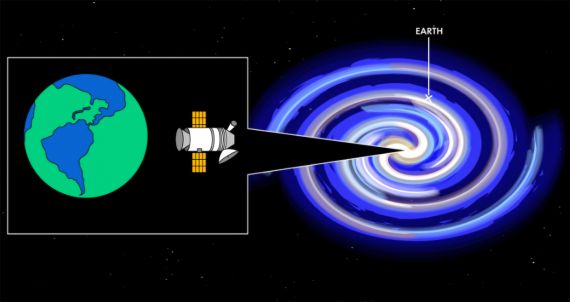
Earth Detecting Earth
#Moon #Solar System #SETI Live Blog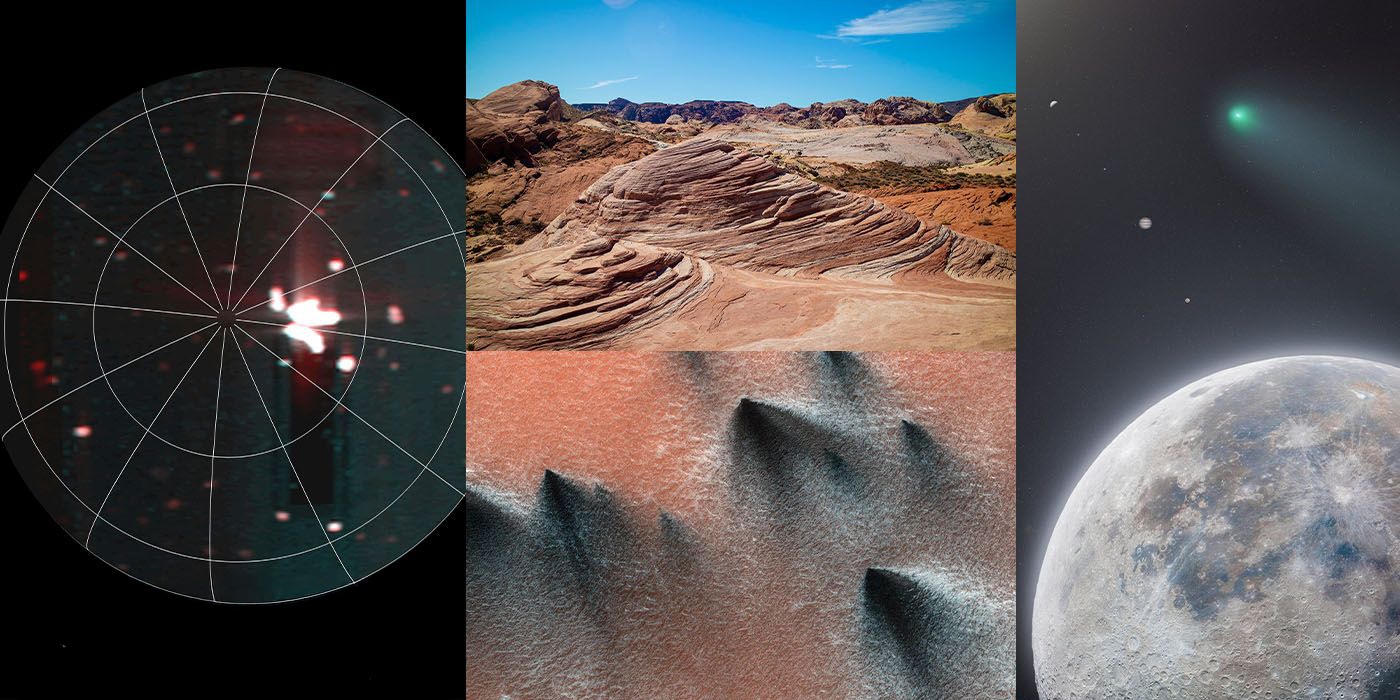
Planetary Picture of the Day - Week of January 27, 2025
Interesting features on our world and other worlds, as well as a planetary parade! #Moon #Solar System #SETI Live Blog
Asteroids, Neon Cats & Music From The Moon – London Becomes A Free Cosmic Playground
#Moon #Solar System #SETI Live Blog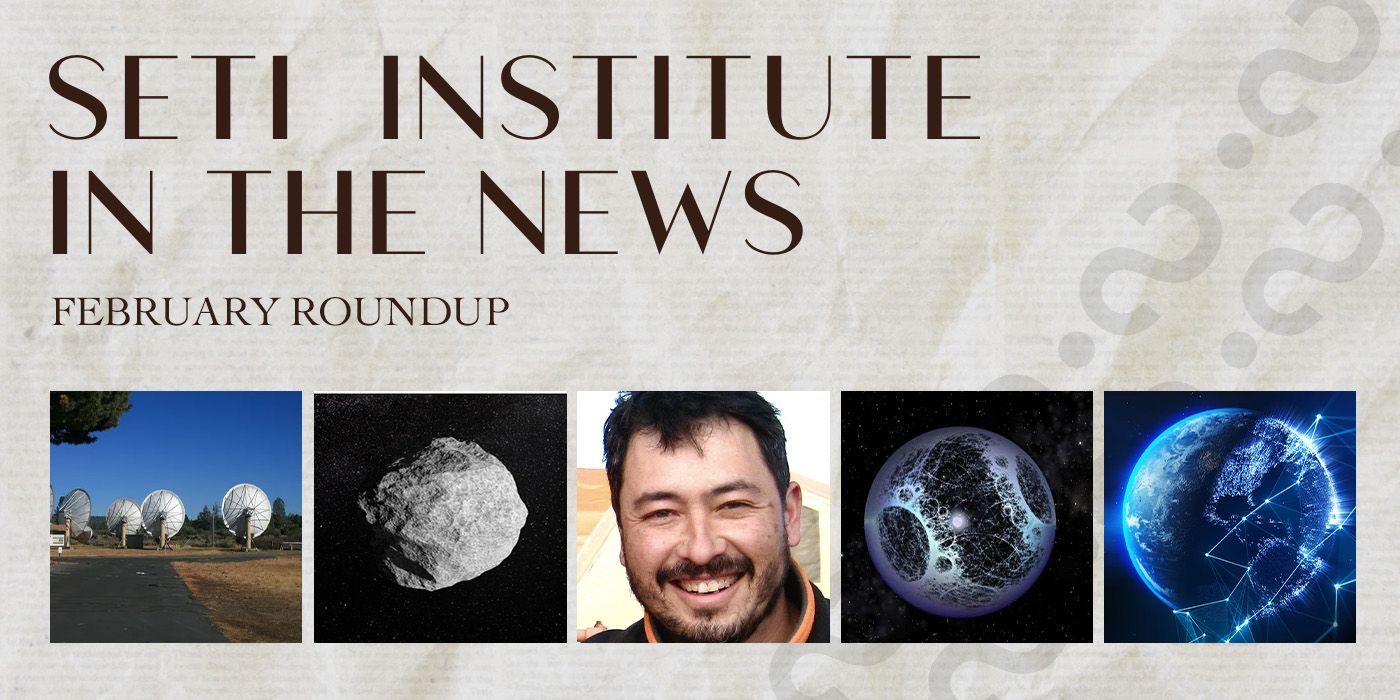
SETI Institute in the News: February Roundup
SETI Institute in the News: February Roundup #Moon #Solar System #SETI Live Blog
Space is the Case: A Conversation with SETI Artist in Residence Martin Wilner
#Moon #Solar System #SETI Live Blog
SETI AIR Newsletter - December 2024
SETI AIR Newsletter - December 2024 #Moon #Solar System #SETI Live BlogResearch
Related Projects
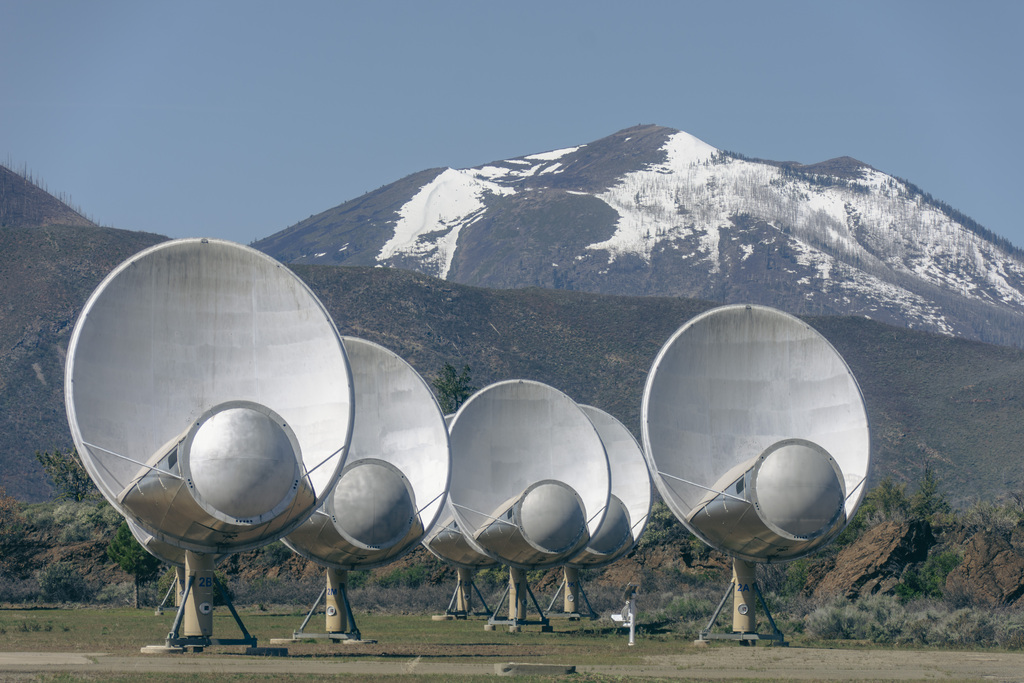
The Allen Telescope Array (ATA)
The ATA is the first radio telescope designed from the ground up to be used for SETI searches. #Moon #Solar System #SETI Live Blog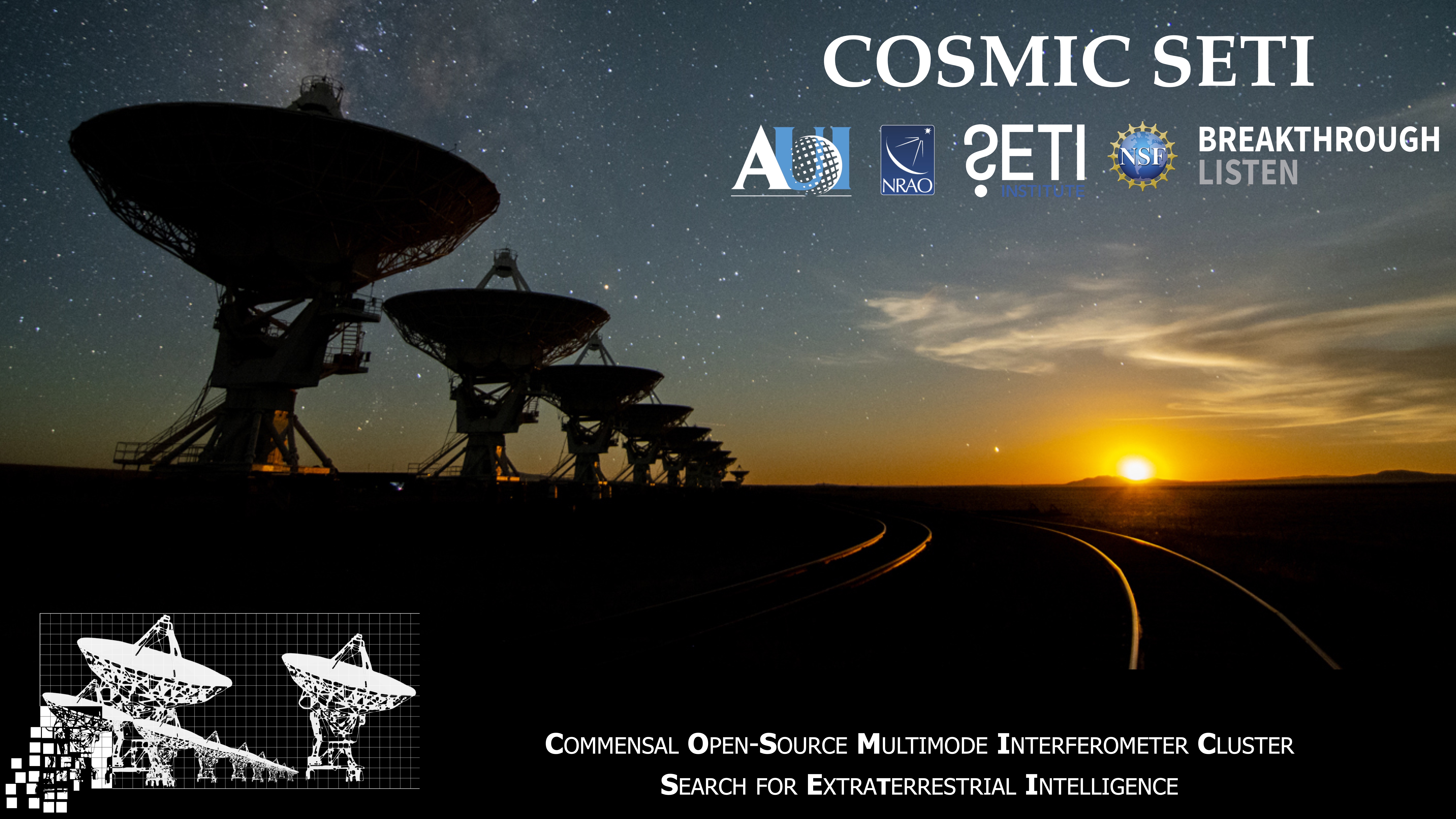
COSMIC
The Commensal Open-Source Multimode Interferometer Cluster (COSMIC) is a new commensal Ethernet-based digital signal processing backend and computer cluster on the VLA in New Mexico operated through the NRAO. #Moon #Solar System #SETI Live Blog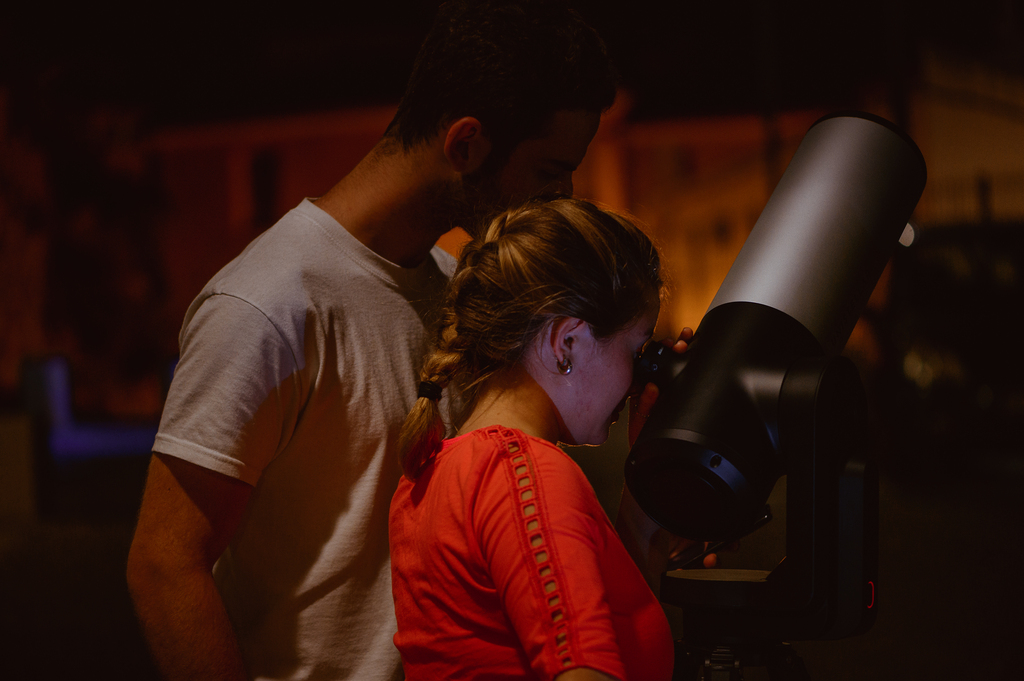
Unistellar Network
Leverage your eVscope's power and join a community of users to image intriguing astronomical events such as supernovae and exoplanet transits, while making a valuable contribution to research. #Moon #Solar System #SETI Live BlogSupport the
SETI Institute
Scientists are getting closer in their search for life beyond earth. But with limited federal funding for the search for extraterrestrial intelligence, supporters are the reason cutting-edge scientists can keep their eyes on the sky.
)
